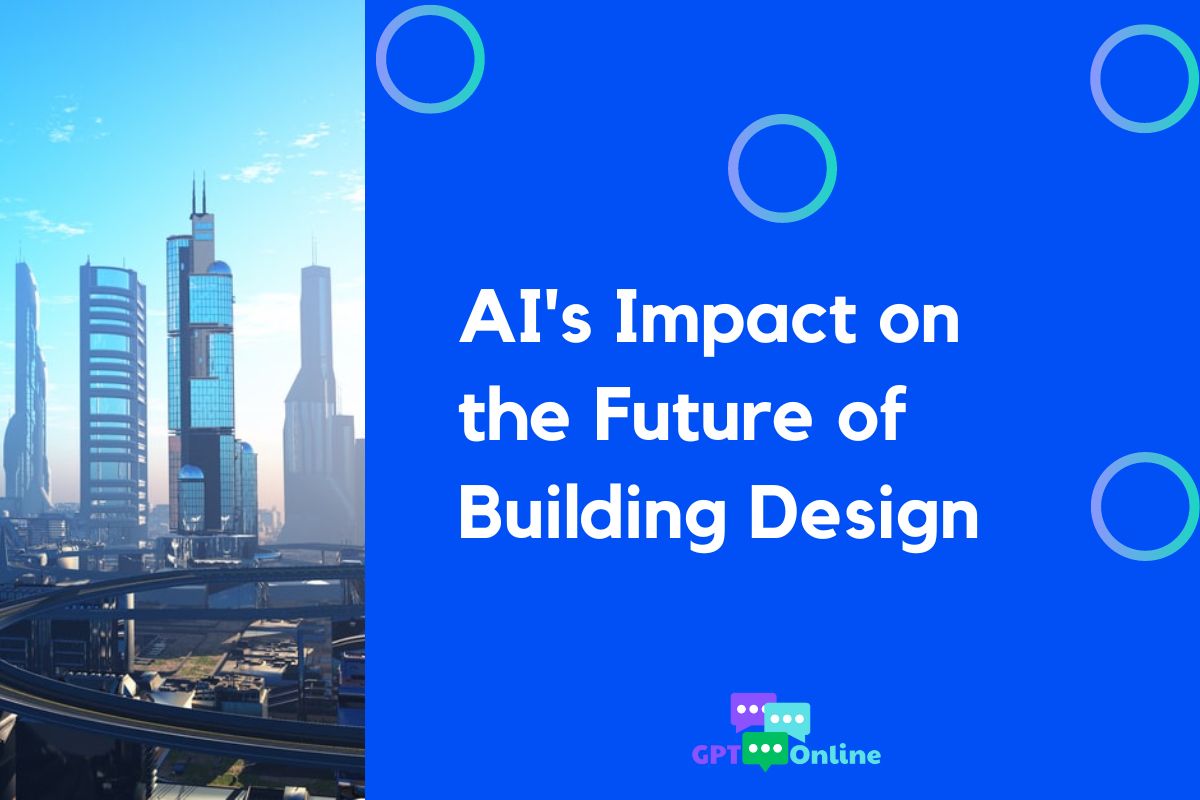Artificial Intelligence (AI) is revolutionizing the architectural landscape, seamlessly integrating into our daily lives and transforming the way we interact with our built environments. Gone are the days of static, lifeless buildings. Instead, AI is propelling architecture into a future where structures become dynamic, interactive, and responsive entities that adapt to their occupants and surroundings.

Impact on the Future of Building Design
Generative Design Unleashed
Harnessing the power of AI, architects now have access to generative design tools that go beyond traditional methods. These cutting-edge tools churn out numerous design variations, each precisely tailored to meet specific parameters and preferences. Picture an army of architects at their fingertips, collaborating to create unique and personalized building designs. AI’s ability to blend diverse architectural styles allows for breathtaking medleys of Gothic and modernist elements, resulting in buildings that are not only functional but also artistic masterpieces.
Construction Automation
Streamlined AI revolutionizes the construction process by streamlining operations and mitigating common challenges. With AI-powered drones conducting site inspections and providing crucial data for risk mitigation, construction sites become safer and more efficient. Moreover, 3D printing machines guided by AI precision print intricate building components on-site, rivaling the work of skilled craftsmen. AI’s efficient project management capabilities trim project timelines, reduce costs, and bring precision and excellence to every construction endeavor.
The Rise of Smart Buildings
The fusion of AI and architecture gives birth to a new era of smart buildings that redefine user experiences. Imagine walking into a building that intuitively adjusts its lighting, and temperature, and even queues up your favorite music playlist based on your preferences and mood. Smart buildings, empowered by AI, adapt to the number of occupants and autonomously optimize energy usage, resulting in improved efficiency and reduced environmental impact. These buildings, infused with intelligence, become companions that understand and cater to our needs, transforming the way we live and work.
Sustainable Architecture
A Greener Future One of the grand challenges of our time is achieving sustainability, and AI emerges as a game-changer in this endeavor. AI systems manage buildings’ energy consumption, optimize HVAC systems, and predict energy demand with unparalleled accuracy. Renewable energy adoption receives a boost as AI maximizes the efficiency of solar panels and wind turbines using real-time weather data. Additionally, AI aids architects in selecting sustainable materials and designing elements that adhere to rigorous environmental standards, paving the way for greener, more eco-friendly buildings.
Adaptive Architecture that Learns and Evolves
The true magic of AI in architecture lies in its ability to create buildings that learn and adapt over time. Picture a building that comprehends your daily routine and adjusts its services accordingly, ensuring optimal lighting and temperature even during late hours at the office. As AI systems gather data and gain deeper insights into occupants’ behavior and preferences, they can provide personalized adjustments, turning our buildings into responsive and adaptive living spaces. With each passing day, these structures become more attuned to our needs, evolving alongside us.
Conclusion
The AI-powered future of architecture promises an interactive, efficient, and intelligent landscape that goes beyond mere construction. With AI as a driving force, our buildings become living entities that learn, adapt, and evolve with us. Embracing the AI revolution in architecture is not just about reshaping cityscapes; it’s about redefining our connection with the spaces we inhabit. The time is ripe to embrace this transformative future of AI and architecture, where buildings truly come alive.